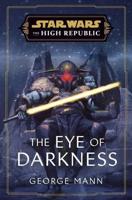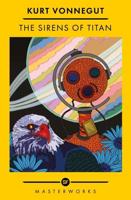Publisher's Synopsis
This is a novel intended for readers who enjoy "hard" science fiction and have an interest in exploring the nature of time and space, life and death, and the place that human beings have in the cosmos. The story is quite different from what we normally find in the usual "space opera." It portrays the true nature of the universe and humanity's destiny within the context of a war in space that extends across the galaxy and spans thousands of years. It also introduces questions regarding the nature of our existence and the meaning of life and death, and it offers a provocative perspective on ancient myths and religious writings.
Starships of Eden uses the classic concept of a war between good and evil in multiple ways. One of these is introduced early in the story, as human beings from the far side of the galaxy arrive on Earth and tell us that they have been engaged in warfare with an alien species that is determined to exterminate all human life in the galaxy. Earth is the last refuge from which they can rebuild their forces. A second battle between good and evil involves a war among the humans from across the galaxy and extends for six thousand years, from the dawn of history to the late Twenty-First Century. A third conflict is between the humans from the stars and the governments and religious leaders on Earth, all of whom fear that they will lose power to these newcomers. The plot has numerous twists and turns, leading to several surprises along the way and at the conclusion.
In addition to the pseudoscience and speculation on the source of ancient writings, "Starships of Eden" is a story of one family with a child who is terminally ill and the relationship that builds between them and the new arrivals from the stars. Another interesting character is a dog that comes with these warriors and has been enhanced by their technology. Both of these help the reader establish a virtual relationship with the principal characters and their problems, making the story seem a bit more realistic.
In the end, the reader is left with questions that imply a sequel where they presumably would be answered. One question is about the nature of mysterious, god-like entities who appear to be able to manipulate space and time. Another concerns human-like characters who are partly hyperspatial and have a perspective on life and death that is very different from ours.










